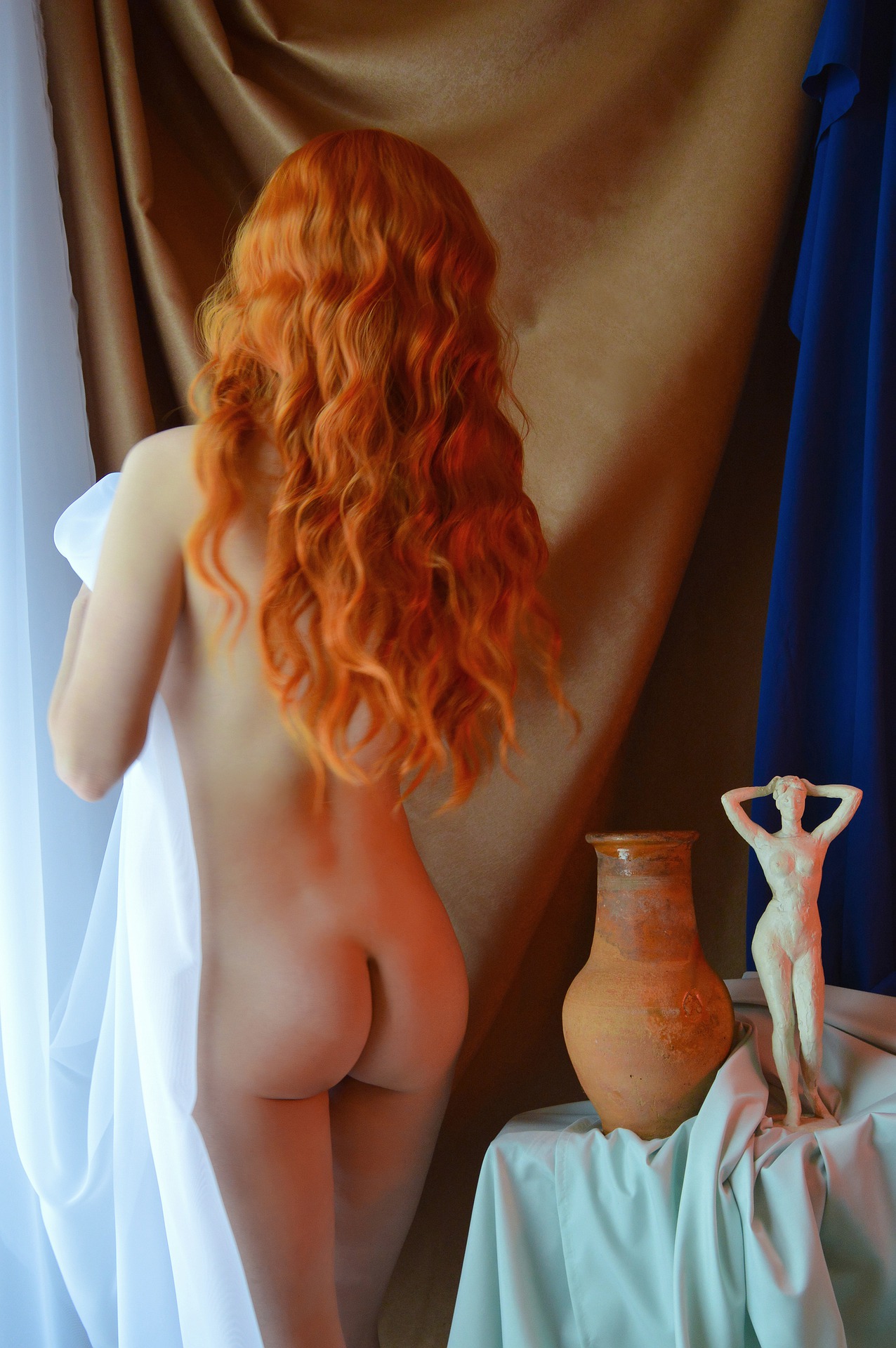A Generative Life Drawing Model
On how AI can be of use to artists
The word “model” has to be one of the most overloaded terms in the history of human language. An abstraction or physical thing, tangible or ephemeral, something that stands for something else but can be something of itself at the same time. In this article I will combine “models” of both kinds, from the artistic domain and the “artificial intelligence” domain, although I try to shy away from this presumptious term, I’d rather opt for “machine learning” in most cases.


Art models
The artistic context: a model (in the stricter sense) is usually a person. Someone offering to pose for artists such a sculptors or painters. The model acts as a reference for the artist to draw or sculpt a work of art. There is, of course, something weird about this. The “model” in this case, the actual thing. The artwork could be more aptly described as a model for the real thing, rather than the other way round!
Machine learning models
Machine learning models usually are proxies for a real (or an imagined) world domain. “Classic” domain examples, in as far as anything in a field so young can be called as such, are models for the “MNIST” handwritten digit recognition or the “ILSVRC” image recognition challenge. These datasets have played a significant role in shaping machine learning history. The “models” in the machine learning case, are pieces of software that are able to perform some task or other: recognizing digits, or classifying images.
Models generating models
Machine learning and art share a great deal of shared interest. There are numerous examples of cases where machine learning has been used to generate or emulate art, often with great success.
In my previous post I used a generative model to generate images from text to include in my article. This was more something of a gimmick, to spice up the article a bit and to play around. But it sparked my interest again in using generative models for artistic purposes. Especially since I started sharing an atelier with seven other art painters.
FAFA-VAE
Troubleshooting
The first iteration of my model created logs like this:
1/16 [>.............................] - ETA: 51s - loss: 283867.6875 - reconstruction_loss: 283867.4375 - kl_loss: 0.2540
2/16 [==>...........................] - ETA: 22s - loss: inf - reconstruction_loss: 70986436616009023488.0000 - kl_loss: inf
3/16 [====>.........................] - ETA: 20s - loss: nan - reconstruction_loss: nan - kl_loss: nan
4/16 [======>.......................] - ETA: 22s - loss: nan - reconstruction_loss: nan - kl_loss: nan
5/16 [========>.....................] - ETA: 19s - loss: nan - reconstruction_loss: nan - kl_loss: nan
6/16 [==========>...................] - ETA: 16s - loss: nan - reconstruction_loss: nan - kl_loss: nan
7/16 [============>.................] - ETA: 14s - loss: nan - reconstruction_loss: nan - kl_loss: nan
... (etc)
When this happens, you know there is something seriously wrong with the training. It could happen randomly, but in my case, it was consistent. Deep learning is a much more a matter of “negotiation” with a model, data and a loss function than “normal” programming is. At times it really feels like you have to “coach” your model into training properly.
So what do these nans mean? nan is, of course “not a number”, which happens whenever your model tries to:
- divide by zero
- tries to compute log(0)
- tries to take the root of a negative number
- all the things they taught you that you shouldn’t do with numbers
When we look closely, we see that the model doesn’t start out with nan loss. It actually computes something sensible,
but right after epoch 1, it spirals out of control. The reconstruction loss explodes and the kl_loss, which is the
Kullback-Leibler divergence loss, is so large that
it overflows the max value and becomes inf. This is generally caused by a phenomenon known
as “exploding gradients”. The trouble is
that there are many known causes, but fortunately also many known fixes for it. It is also an inescapable part of
machine learning model development.
Things that may help:
- Normalizing/whitening of your input data. Deep neural nets generally need data with mean 0 and unit variance. In my case, I already used either feature-wise normalization or sample-wise normalisation, but no whitening.
- Lowering the learning rate. In my case, this helped to debug things. At the very least it allows you to see how the model losses develop.
- Fix your loss function. Maybe there’s a mathematical error or a bug in there somewhere. Look closely.
In my case, I switched from a binary cross-entropy to a mean squared error to calculate the image reconstruction loss. Why this helps in the first place is still beyond me. The reasons to choose either one of these loss functions is quite complex.